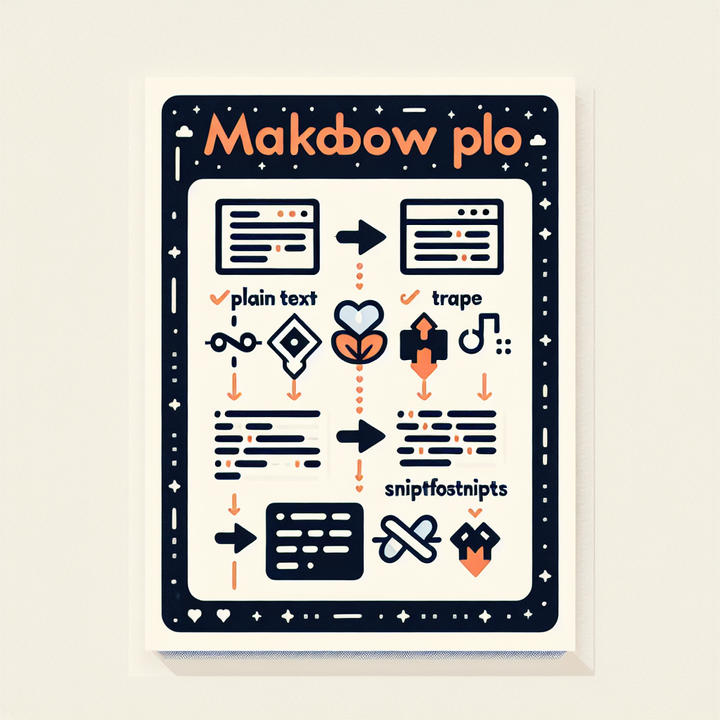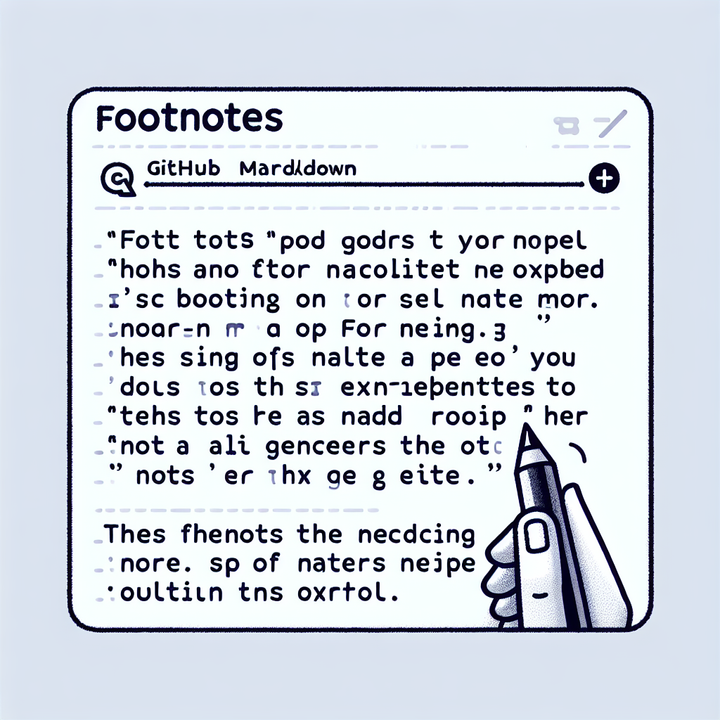The Art of Markdown Footnotes: A Brief Guide
Master Markdown footnotes for cleaner text and professional touches. Use simple syntax, maintain consistency, and keep content relevant for enhanced readability and easy updates. Elevate your writing effortlessly.

In the realm of digital writing, Markdown stands out for its simplicity. Yet, for those who crave depth, Markdown footnotes offer a way to enrich your text discreetly. Here’s a concise guide to weaving these subtle enhancements into your work.
What Are Markdown Footnotes?
Footnotes in Markdown are like hidden notes in a book, providing extra information without interrupting the main flow. They are supported by many Markdown processors and platforms.
How to Use Them
Using footnotes is simple:
This text contains a footnote[^1].
[^1]: Here is the footnote content.
The [^1] is the footnote marker, which links to the content after [^1]:.
Benefits of Footnotes
- Enhance Readability: Keep your main text clean while offering additional details.
- Add Professionalism: Useful for citations and detailed explanations in academic or technical writing.
- Easy Maintenance: Update footnotes without searching through the entire document.
Best Practices
- Consistency: Use the same footnote style throughout.
- Brevity: Keep footnote content concise.
- Relevance: Ensure footnotes are pertinent to the main text.
Conclusion
Markdown footnotes are a subtle yet powerful tool. They add depth and professionalism to your writing, making them a must-know for any serious Markdown user.
"Don't waste another minute formatting Markdown by hand. Try our free tools now and see the difference!"



Comments ()